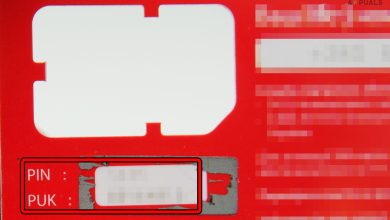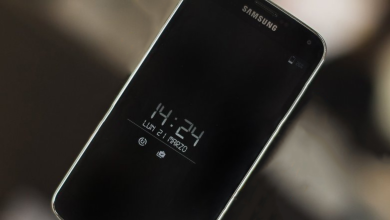Fix: ‘Moisture Detected’ Message won’t Go Away in Galaxy S8
When the “Moisture Detected” error shows up on your Galaxy S8, the phone won’t charge through the USB port. This happens because the moisture sensors in the charging port detect water or too much humidity. This is a safety feature to prevent damage to the phone’s internal parts.
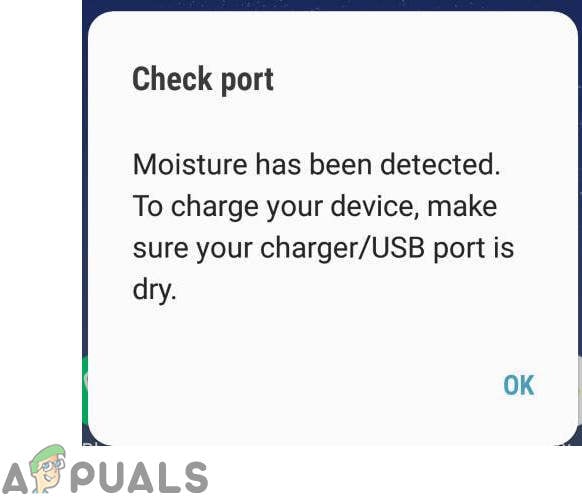
The main reason for this error is leftover water or moisture in the USB port, but it can also happen due to high humidity or software bugs, especially after system updates.
Faulty charging accessories or a damaged charging port can also cause this error.
In this article, we will discuss different solutions to solve this issue.
1. Check for Moisture
If the moisture in the charging port isn’t removed, the Galaxy S8 will keep stopping the charging to prevent damage. Checking for moisture makes sure there are no water drops or condensation left that could cause rust or trigger a false moisture alert.
2. Check for Software Updates
Before trying more complicated solutions, updating your phone’s software can often fix moisture detection problems caused by software bugs. Sometimes, after a software update, glitches or mistakes, like the moisture detected error, might happen.
- Drag down the notifications panel and tap the “Settings” icon.

Dragging down the notifications panel and tapping on the “Settings” icon - Scroll to the bottom and click on “Software Updates“.
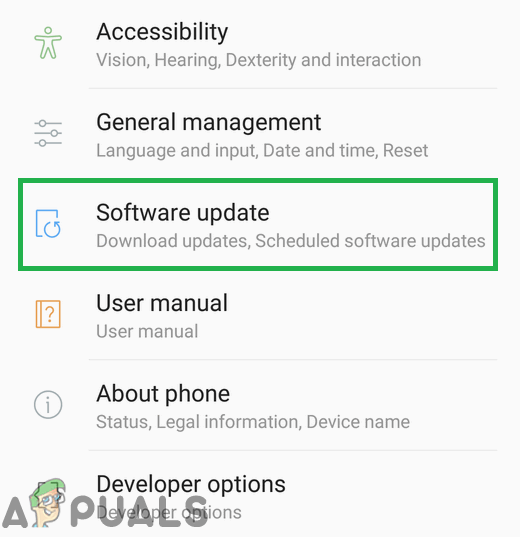
Tapping on the “Software Updates” option - Tap “Check for Updates” and wait for the phone to find any updates.
- If updates are available, tap “Download Updates Manually” and wait for the download to finish.
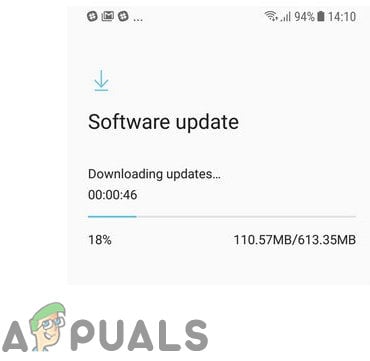
Tapping on the software update option - Once downloaded, the phone will automatically restart, installing the updates. It will then reboot normally.
- Plug in the charger and check if the issue persists.
3. Boot into Safe Mode
Starting the phone in Safe Mode is a fast way to check if third-party apps are causing the problem. In this mode, all non-essential apps are turned off, and only the phone’s basic system runs. This helps figure out if new or faulty apps are messing with the phone’s hardware or features, like moisture detection.
- Press and hold the “Power” button until the options list appears.
- Press and hold the “Power Off” option on the screen, then tap the “Safe Mode” option.
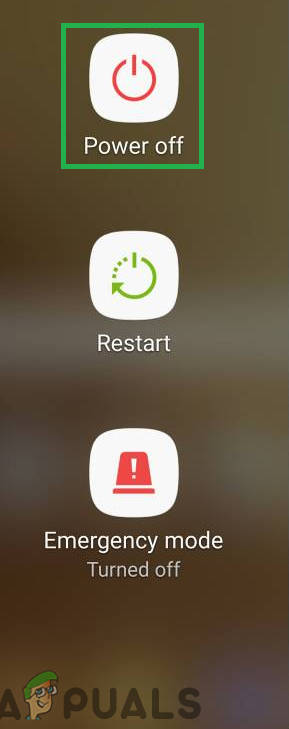
Pressing and holding the “power off” button - The phone will restart in safe mode, with “Safe Mode” shown in the lower-left corner of the screen.
- Connect the charger and check if the issue remains.
- If the issue disappears, it’s likely a software problem. Diagnose which app is causing the issue.
- Drag down the notifications panel and tap the “Settings” icon.

Dragging down the notification panel and tapping on the “Settings” icon - Tap “Applications” and then select any app.
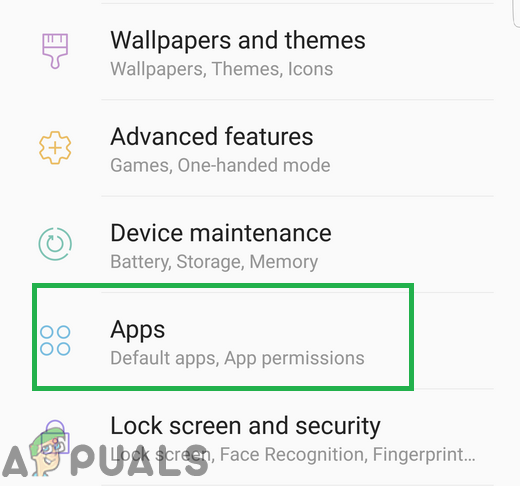
Tapping on the applications option inside settings - Tap “Uninstall“, then “Yes” when prompted.
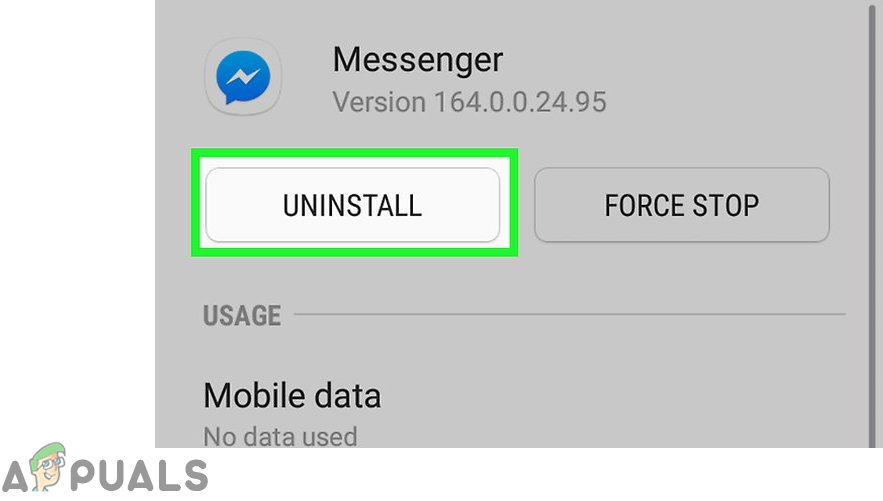
Tapping on the uninstall button to delete an application - Try charging the phone and check if the issue persists.
- If the issue remains, continue deleting apps until it is resolved, then exit safe mode after fixing the error.
4. Delete USB Cache
By clearing the USB cache, you erase any damaged or old data about how your device handles charging. This reset helps the system check the port’s condition properly, often fixing false moisture warnings without affecting your personal data.
- Pull down the notifications panel and tap the “Settings” icon.

Dragging down the notifications panel and tapping on the “Settings” icon - In the settings, tap “Applications“, then tap the “Menu” button in the top right corner.
- Select “Show System Apps” and scroll until you find “USB Settings“.
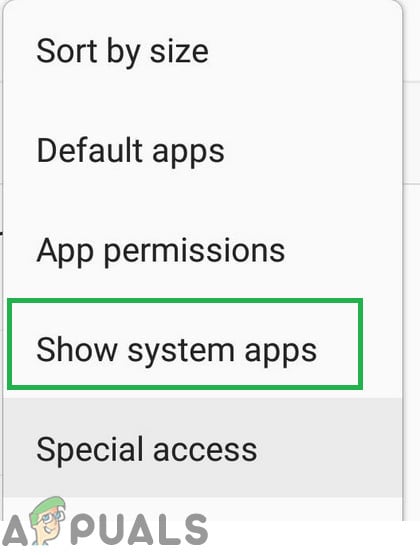
Tapping on the “Show System Apps” option - Tap “USB Settings“, then “Storage“.
- Click “Clear Cache“, then “Clear Data“.
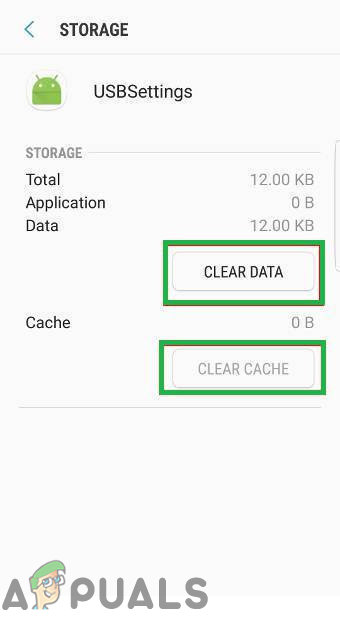
Tapping on the “Clear Data” and the “Clear Cache” option - Restart the phone, try charging it, and check if the issue persists.
5: Wiping Cache Partition
Wiping the cache partition removes temporary system files that might cause problems. These files can get corrupted after updates or over time, affecting how the device works. This process resets the system without affecting personal data and may fix software glitches.
- Press and hold the “power” button, then tap “Switch off“.
- Once the device is completely off, press and hold the “Volume Down” and “Bixby” keys. Simultaneously, press and hold the “Power” button.
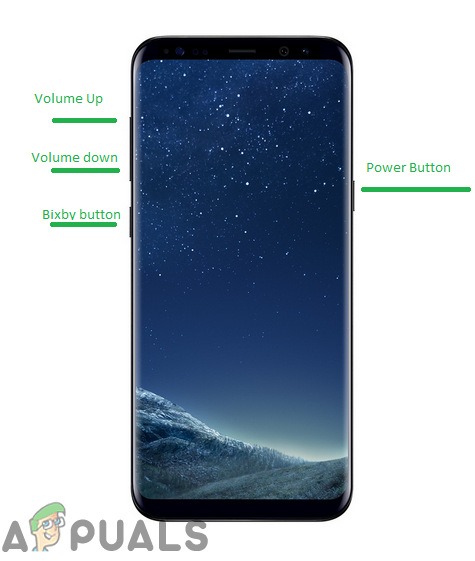
Button location on the S8 - When the green Android logo appears, release all the keys. The device might briefly display “Installing System Updates“.
- Use the volume down key to highlight “Wipe Cache Partition” and press the “Power” key to select it.
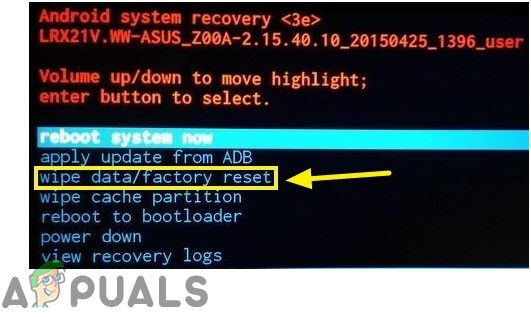
Highlighting the “Wipe Data/Factory Reset” option - After wiping, highlight “Reboot System Now” using the “volume down” key, and press the “power” button to select it.
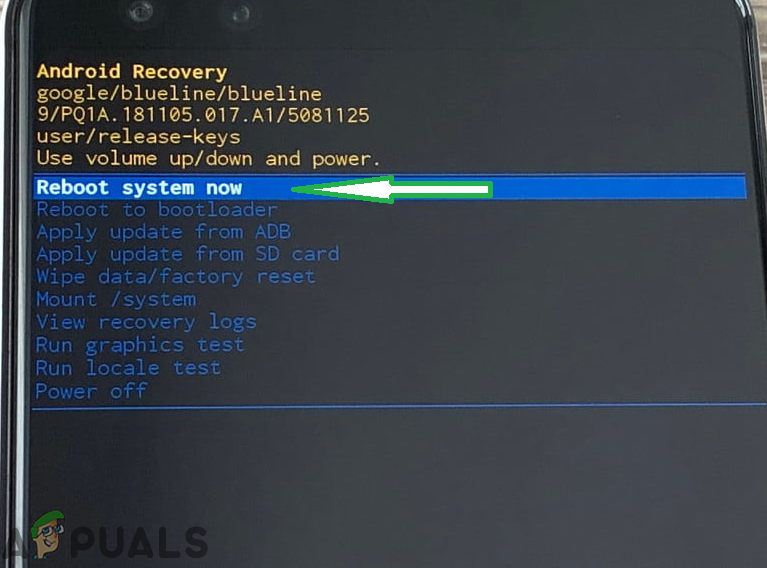
Highlighting the “Reboot System Now” option and pressing the “Power” button - The phone will restart normally. Check if the issue persists.



